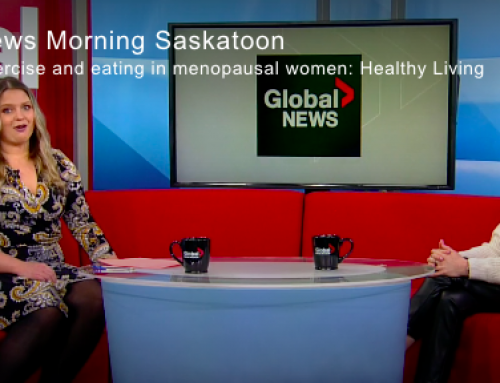How We Breathe is How We Live
Our respiratory systems are a beautiful example of the interconnectedness of all the systems in the human body, as the respiratory system relies both directly and indirectly on it’s relationships with other body systems for vibrant function. A healthy respiratory system is directly connected to the functioning of our musculoskeletal system, cardiovascular system, lymphatic system, and the central nervous system.
There is a respiratory center in the brainstem that controls our rate of breathing depending on our bodies needs. Our bodies needs are constantly changing depending on activity levels, emotional state of being, irritants in the environment, illness in the body, and other factors.
Autonomic Nervous System (ANS)
The respiratory center is a part of the Autonomic Nervous System (ANS), this is a control center that monitors and adjusts automatically – this means it’s automatic and you don’t have to think about it.
The Autonomic Nervous System(ANS) controls many systems in our body including blood pressure, heart rate, body temperature, digestion, metabolism, fluid balance, urination, and sexual response. One of the unique features of the respiratory system, is that although it’s under autonomic control we can also take conscious control of it.
Breathing Patterns
This ability to consciously take control and direct the inflow and outflow of our breath is a really important tool that we can take advantage of to help ourselves feel and live better. Have you ever noticed your breath when you’re feeling stressed? What about when you’re angry? What are the differences between your stressed breathing patterns and your breathing patterns on that breezy summer day when you’re happily lying on your back watching the clouds drift by?
Breathe Your Way into Feeling Better
Noticing the relationships between your mental and emotional state and your pattern of breathing are important, because once you recognize a pattern you can consciously chose to change it. That’s the beauty of the breath. Having a bad day? Tap into your breath and breathe your way into feeling better. Our respiratory system directly impacts the chemistry in our body and our chemistry directly relates to how we feel. (For more info on this I recommend you read “Molecules of Emotion” by Candace Pert).
Practice Breath Work
Know that the more you practice breath work the easier it becomes to notice your respiratory states (strained/constricted/short versus long/calm/regenerative) and change them. There are a lot of breathing practices you can undertake – this is a simple one to start you off.
4, 6, 8 Breath Exercise
I don’t know the origin of this breath exercise – I’ve been personally utilizing this one for many years and don’t remember from where I learned it. If any of you readers know it’s source, please let me know so I can give credit where it is due.
For this exercise all you need is your body and the ability to count in a steady consistent timing – use a metronome if needed – or watch the seconds on a clock.
Step one. Take in a breath to the steady count of four
When you inhale, feel your lungs expand in all four directions within the cavity of your chest (front/back/top/bottom).
Step two. Hold the breath for a steady count of six
Sometimes swallowing makes it easier to hold your breath at the beginning of step two
Step three. Exhale the breath for a steady count of eight.
When you exhale completely empty your lungs – you want to feel like there is no air left inside.
REPEAT, REPEAT, REPEAT (as many times as you like)
Need a little more? Once you start feeling proficient you can begin working toward making the quality of the inhale and exhale consistent throughout the exercise. This means that the amount of air is coming into your lungs is smooth and consistent for the full four counts, and the amount you release on your exhale is consistently equal throughout the eight counts.
Consciously breathe your way to a better day!
In addition to your daily breathing practice, working with a Manual Osteopathic Practitioner can support your respiratory system allowing you to breathe deeper, fuller, easier breaths which can enhance your home breathing practice.






